“Crossing the Bull and Bear, Seeing the True Chapter”
Author: Jiaren, W Labs
[Editor's Note] Miss Jiaren has been tracking the STEPN series for several years. Since the beta testing of STEPN GO opened in September, we have focused on it as a case study in the current sluggish market. Indeed, it's very difficult to find a subject willing to write about in the current downturn. The FSL team has continued to innovate on new products, especially targeting the pain points of the chain game industry. Regardless of the outcome, their dedication and execution are admirable. This article is very long. Based on the key points in the article, we have also summarized them in a table and added some immature comments for everyone to discuss.
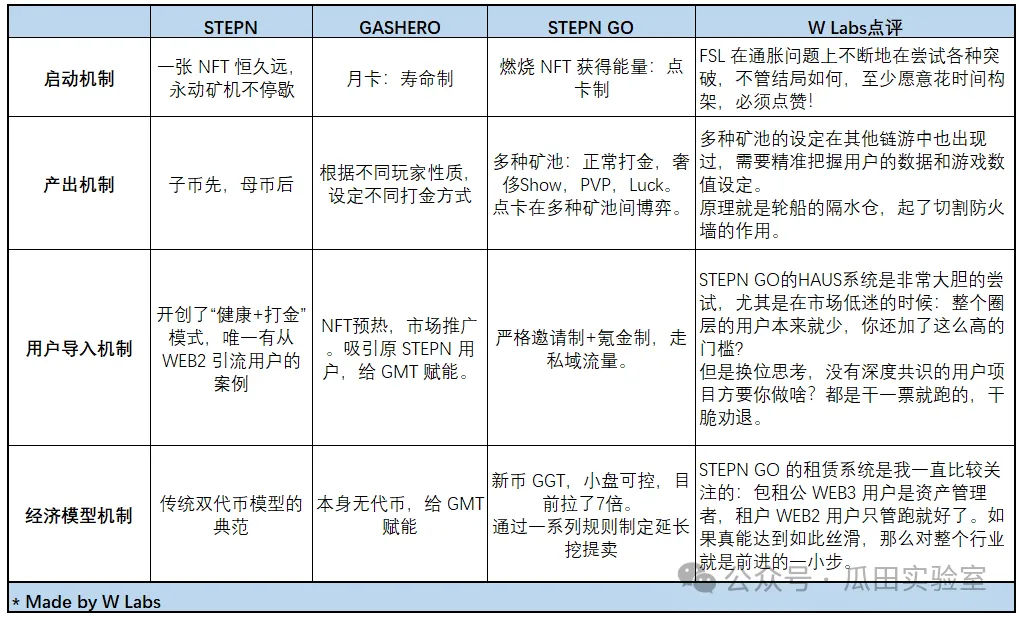
In the cryptocurrency market, crossing the bull and bear is the greatest test for a project and its team. Recently, #STEPNGO has once again ignited the community's enthusiasm. Since the beta testing opened on September 5th, the token has performed well (up 752% in 7 days), and the community response has been enthusiastic. What makes this "second-generation running shoes" project so attractive? Can it replicate the phenomenal success of STEPN in 2022? Faced with new market opportunities, do ordinary investors still have room to participate? Can it avoid the severe fluctuations and challenges that #STEPN has experienced?
If you are interested in these questions, please continue reading. This should be the most detailed first-hand Chinese investment research material about STEPN GO on the entire internet, prepared specifically for every friend who wants to find opportunities in this new trend.👇
Preface
"Crossing the Bull and Bear, Seeing the True Chapter"
Some time ago, I chatted with Brother Bitwater about investment insights over the past year. Brother Bitwater mentioned that his most important alpha returns mainly come from the BTC ecosystem and the FSL ecosystem. As an early free OG in the currency circle, Brother Bitwater has experienced several bull and bear cycles, and his investment philosophy and mindset have had a deep influence on me.
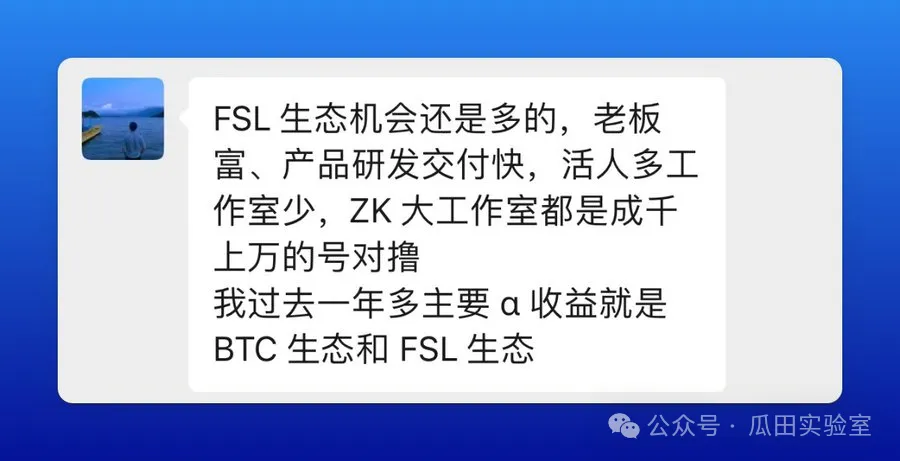
When investing in a product, look at the team first. In the currency circle, it is especially easy to encounter "soft rug" projects, so the reliability of the team is crucial when choosing a project. The co-founders of the FSL team, Yawn and Jerry, have proven over more than 3 years that they are one of the few reliable teams in the currency circle. Whether in a bull market or a bear market, they have always focused on product polishing, continuously bringing surprises and value returns to the community. This continuous investment and firm execution are important reasons why FSL can stand firm in the cryptocurrency market.
Innovation and Optimization Design of STEPN GO
After spending hundreds of millions of real money and learning from the gains and losses of multiple product designs and operations, FSL has made comprehensive targeted optimizations in STEPN GO from the economic model, market operation strategy to user experience:
Economic Model Optimization: How to achieve more sustainable and healthy growth?
Chain game projects generally face the dilemma of the "death spiral" - old users make money from new users through mining and selling, once old users stop reinvesting and new user growth slows down, the entire project will fall into a "death spiral". Traditional chain game economic models are difficult to fundamentally solve this problem. Common methods such as staking, points, multi-asset nesting, and pie-making are all aimed at extending expectations as much as possible, allowing old players to reinvest and delaying the pressure of mining and selling, but this only delays the occurrence of the problem.
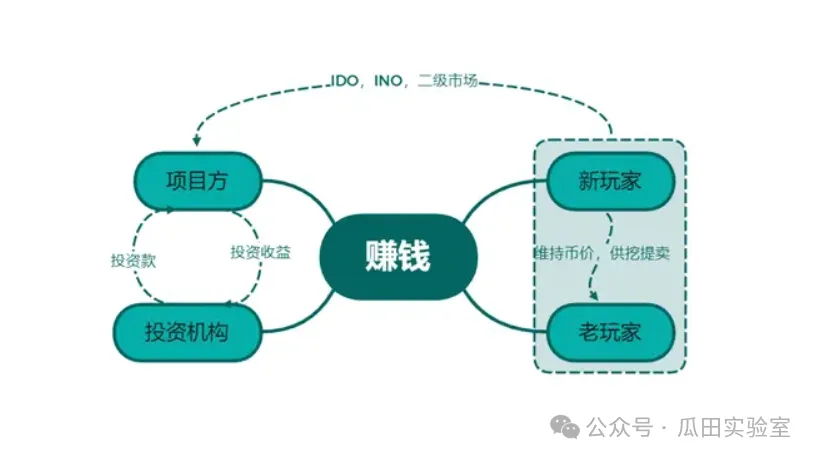
STEPN GO attempts to build a more elastic and sustainable economic ecosystem by thoroughly reconstructing the energy system, diversifying the gaming mechanism, and introducing and restricting the scale of farmer behavior to crack this dilemma.
1. Energy System Reconstruction
In the old version of STEPN, the energy system led to serious inflation issues. Users continuously produced tokens by purchasing shoe NFTs, and the stability of the economy depended entirely on reinvestment and the entry of new users. When supply and demand were imbalanced, a large number of low-priced NFTs were hoarded, leading to price declines and the entire economic system entering a vicious cycle. Although measures were later taken to increase the maintenance cost of NFTs by introducing the HP system and to increase the consumption of low-priced NFTs through the five-in-one synthesis mechanism, these measures did not fundamentally solve the problem.
In STEPN GO, the economic model has been boldly reconstructed, removing the traditional "holding shoe NFT to obtain energy and recovering it over time" model, and instead adopting a new design of "burning shoe NFT to obtain energy and daily energy limit". This design requires users to destroy NFTs to obtain energy, ensuring a continuous demand for low-priced NFTs and effectively avoiding the problem of hoarding floor NFTs.
If we compare it to a game mode for easier understanding:
In the old STEPN model, users only needed to hold shoes to continuously produce tokens, similar to "free-to-play games", where users do not need to incur additional costs.
STEPN GO is more like "pay-to-play games", where users obtain game cards (energy) by burning shoes, and the usage of game cards can be flexibly adjusted. This mechanism not only eliminates user anxiety but also allows them to control costs according to actual needs, thereby reducing the burden on the system.
2. Diversified Mining Pools and Gaming Mechanism
To further optimize user profit models, STEPN GO introduces a diversified mining pool mechanism, initially only opening the "efficiency mining pool" where users can obtain $GGT by consuming energy. In the project's subsequent update plans, STEPN GO will gradually open three other types of mining pools for users to choose from:
Charm Mining Pool: Produces clothing fragments that users can use to customize personalized outfits, driving consumption towards luxury goods and non-productive assets;
Power Mining Pool: Provides PvP gameplay, allowing users to earn GMT income through competition with other players;
Luck Mining Pool: Users have the opportunity to obtain mystery boxes and random gemstones through exercise, increasing the fun of the game and the uncertainty of rewards.
Each time users exercise, they can only choose one mining pool for profit. Through this design, STEPN GO achieves diversified diversion of user demand, avoiding the inflation pressure caused by excessive output of a single token. Users can also flexibly switch mining pools according to market demand and personal strategies, ensuring the dynamic adjustment capability of the entire economic model.
More importantly, this multi-pool design increases the gaming mechanism among users. Different players need to choose the best strategy based on market changes and personal needs. The behavior patterns of users are more diversified, avoiding excessive reliance on a single token output model, thereby achieving supply-demand balance and reducing reliance on new user funds.
3. HAUS System and Social Economy Drive
One of the highlights of STEPN GO is its HAUS system, which closely integrates the economic model with user social interaction through an invitation mechanism and social relationships.
Want to enter? You can't even buy shoes with money. You must generate an "invitation code" through old players to join. The basic threshold for old users to generate an invitation code is "consume 10 energy + burn at least 2 shoes". Every 10 points of energy consumed + non-soul-bound shoes can generate 1 invitation code. At the current price of 5400u for shoes, it means that someone has to spend at least 6000u to send out 1 rental shoe invitation code, and at least 11400u to send out a buddy activation code - behind each invitation code, it means that existing players have made a lot of investment in the project.
When the invitation code is so precious, if you are a profitable player in the game, would you prefer to give it to a stranger or a familiar friend or family member? Or perhaps to that girl you like and want to impress? This mechanism encourages old players to be more inclined to invite trusted family, friends, or people with social relationships, rather than randomly distributing to strangers. This not only enhances the stability of the community, but also increases the players' sense of identification with the game and the community. Through this invitation system based on real social relationships, STEPN GO will be able to build a highly interactive and stable community ecosystem, reduce the influx of random users, and avoid the risks of irresponsible invitations.
In the future, with the addition of luxury consumption and flashy items (such as rare sets), STEPN GO will no longer rely solely on users' "mining and selling" behavior, but will gradually guide players towards more personalized and socialized consumption. The community built through the invitation system is an important guarantee for achieving this goal - the transformation from everyone "mining and selling" to some people paying for flashy consumption needs will no longer be just a slogan, but will have the possibility of real implementation. STEPN GO can truly transform from a financially incentivized system to a more long-term, stable, social-driven economic system.
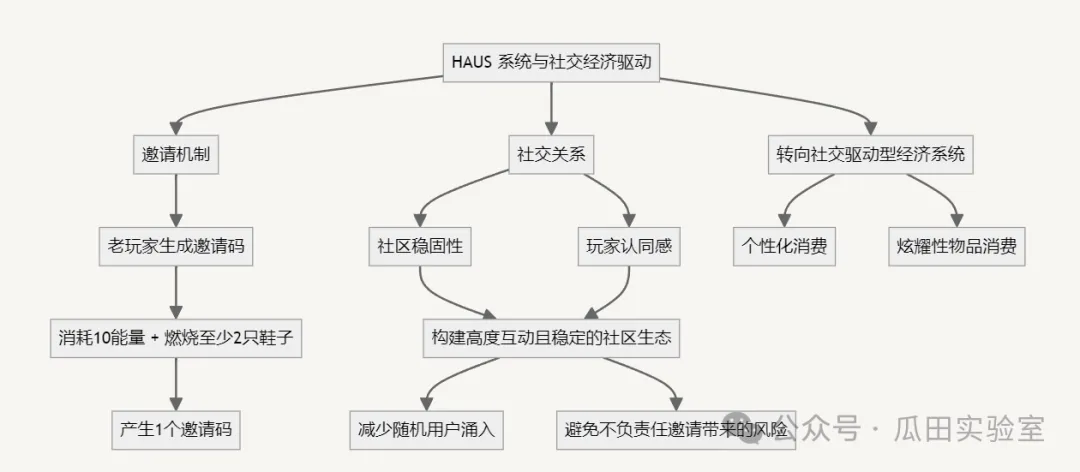
4. Limiting Mining and Selling and Discouraging Studio Farming
Mining and selling and farmer issues are challenges faced by almost all web3 projects. Especially when efficient, rational, and ruthless studio-type high-efficiency farmers enter the market, they usually use efficient multi-account operations or script automation to quickly deplete market resources, exacerbate market pressure, and cause token prices to collapse, leading to devastating effects on the project.
STEPN GO has introduced a series of mechanisms to soft-limit mining and selling behavior and effectively discourage studio-type scaled farmers.
Hidden time and resource costs
In STEPN GO, user earnings are linked to their fitness level, and each new user must undergo a 14-day fitness level change process, during which earnings gradually decrease from 100% to 50%, and eventually return to a 150% "strong foot" buff state. After obtaining this state, it is not permanent. If enough energy is not consumed within 5 days (at least 2 energy), the 150% buff is lost, and earnings revert to the 50% "sore foot" state.
Breeding new NFTs also adds time costs - users need to consume 15 energy to obtain a mint quota. Users can make energy consumption more efficient by renting out shoes and quickly obtaining mint quotas, but all mint quotas can only be recovered at the end of the 14-day rental period. This change eliminates the survival space for the pure "breeding flow" from the old STEPN.
High wear and tear restrictions and withdrawal costs
In STEPN GO, a fee of 5 GGT is deducted when withdrawing (10 GGT for NFT withdrawal), further limiting frequent withdrawal behavior by users. This measure adds additional economic costs to mining and selling, forcing users to be more cautious in their withdrawal decisions and effectively slowing down token selling pressure in the market. In addition, the continuous burning of shoes to obtain energy ensures the continuous consumption of NFTs, fundamentally reducing the problem of excessive hoarding of NFTs and tokens.
Discouraging studio farmers
STEPN GO is not the type that studio farmers are willing to touch. The earnings design is complex and the returns are uncertain, mass logging in is difficult, the time cost is high, and it is difficult to quickly cash out and exit. The project's technical protection against cheating is extremely strong… I can't go into more detail 🤐

I believe this new economic model can bring stronger sustainability to STEPN GO, and may provide a completely new solution for other chain game projects.
Optimization of Market Promotion Strategy
I have deeply researched the promotion strategies of multiple projects and have had the privilege of serving as an advisor to lead the design and specific implementation of promotion strategies for a top project. I am well aware that "airdrops are a double-edged sword" - airdrops are an effective means of incentivizing users by distributing assets, but if used improperly, the backlash effect is also very apparent:
Airdrops falling short of expectations --> Criticism
Airdrop rules having loopholes --> Criticism
Airdropping a large amount to the "wrong" users --> Disaster
Airdropped assets far exceeding the initial project demand --> Even greater disaster
In contrast, the airdrop and market operation strategy of STEPN GO has been very successful at every step so far, and is worth serious study by every project team. Let's see how they did it:
First wave of soul-bound asset distribution through 4 years of staking lottery: This wave selected target users with high loyalty as seed users for the new project, and also brought them "first mining blessings" rewards. The lottery format is much fairer than setting complex rules, and the soul-bound and randomly distributed method effectively discouraged those who were only interested in exploiting and arbitrage. The design is very clever.
Providing "single shoe" consolation prizes for staking lottery non-winners: To start playing, you need at least 2 shoes, burn 1 shoe to get energy, and use the other shoe for walking. Giving away one shoe for free at the current market price of 5400u, and buying another one can start earning 200u per day. Who can resist this temptation? This user group is also the main demand side at this stage.
Offline event giveaway of "single shoe" invitation codes to real users: Meetups held in Taipei and Japan in August attracted over a hundred runners, and over a hundred "single shoe" invitation codes were given away on-site, further activating the target user group.
Recruiting GO'ers through community cold start promotion: Typically, Web3 projects would pay KOLs to create content, provide Token/NFT assets as compensation. However, the quality of KOLs varies, and many KOLs can only bring short-term hype to the project, not achieving the expected results, and the airdropped assets will be sold, creating selling pressure. In contrast, STEPN GO did not choose this traditional method, but instead recruited GO'ers (a lower version of ambassadors) to complete a large amount of early-stage content creation, community education, and promotion.
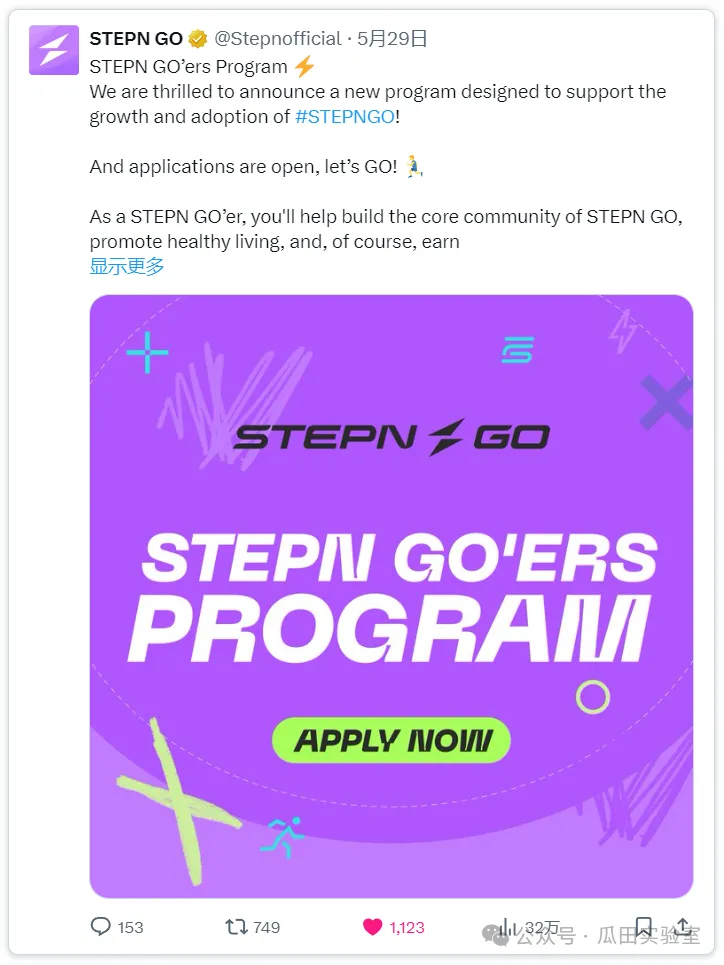
Let old users decide who can enter "risk-free" for free: As I mentioned before, only old players who have activated the Haus system can invite new users. These old players can rent out their extra shoes to newcomers, share the earnings, and allow newcomers to join at zero cost and zero risk. The owners of the Haus system will have higher energy consumption efficiency and faster mint quotas, as well as emotional value of being needed and respected. Social interaction is fully utilized here. Some may ask, "Why should I let others use it instead of using it for my alt account?" - but STEPN GO's AI anti-cheating system is very strict, limiting technology and multi-account behavior. Running itself has physical limits, and not everyone only looks at their own interests; many people prefer to share with their close friends or family. As long as not every new user is an "alt account," this system can expand steadily.
Strict control of user growth rate and circulation market value: STEPN GO limits the user growth rate through the invitation code system to ensure the stability of initial liquidity and token prices. The current GGT price is maintained very well and steadily rising. (I have no evidence to say that this is the project team's market manipulation 🤐, just expressing: when the circulation and user volume are low, it is relatively easy to manipulate the market) In the crypto market, nothing is better advertising than a sustained increase in token price. Rising is justice. The absence of listing on exchanges, contracts, and borrowing also effectively suppresses speculative trading behavior.
Founder personally promotes and recruits: The recruitment advertisement for the Black Myth Wukong Studio requires a deep love and extensive play of their own game. A great product must have its most loyal users as developers. Since the release of STEPN GO, co-founder @Jerry10240 has been sharing his running data on Twitter every day, and today he even released an invitation code for tenants on a first-come, first-served basis, for the best Trainer shoes, with a high 5:5 profit split and a 4-week rental period! Follow him and give him a little bell.
User Experience Optimization
The user experience of Web3 has always been a major obstacle to mass adoption, especially in the areas of account management and initial asset acquisition. Although designs like "Connect wallet" have been seen as revolutionary breakthroughs within the Web3 community, they have become the biggest obstacle for ordinary users.
In STEPN GO, the team is deeply aware of this pain point and has made bold optimizations in user experience, especially in the login process and asset management. These improvements not only significantly reduce the learning curve for users, but also make the Web3 experience closer to Web2, providing the basic conditions for truly driving mass adoption.
1. A more Web2-like account login experience
Web3 platforms have always advocated for the "wallet as an account" design, but this has also been the biggest obstacle for ordinary users. Obtaining initial assets on the chain, cross-chain operations, wallet mnemonic backups… each step is a headache in terms of learning curve. While the Privy product is indeed a standout among Web3 account login products, it is worth noting that STEPN, which was released earlier than Privy, also used email registration and login methods, effectively lowering the entry barrier and achieving the breakthrough and mass adoption at that time, becoming the brightest star in the Web3 industry in 2022.
In STEPN GO, the login experience has been further simplified. With just an FSL ID, the login process is almost identical to Web2 products. For example, for Apple users, registering an account only requires two steps:
1) Click "continue with Apple"
2) Click "Create passkey"
After that, users only need to scan their face to log in. This extremely simplified design completely breaks down the wallet barrier of Web3, and users no longer need to understand complex wallet systems, instantly lowering the entry barrier.
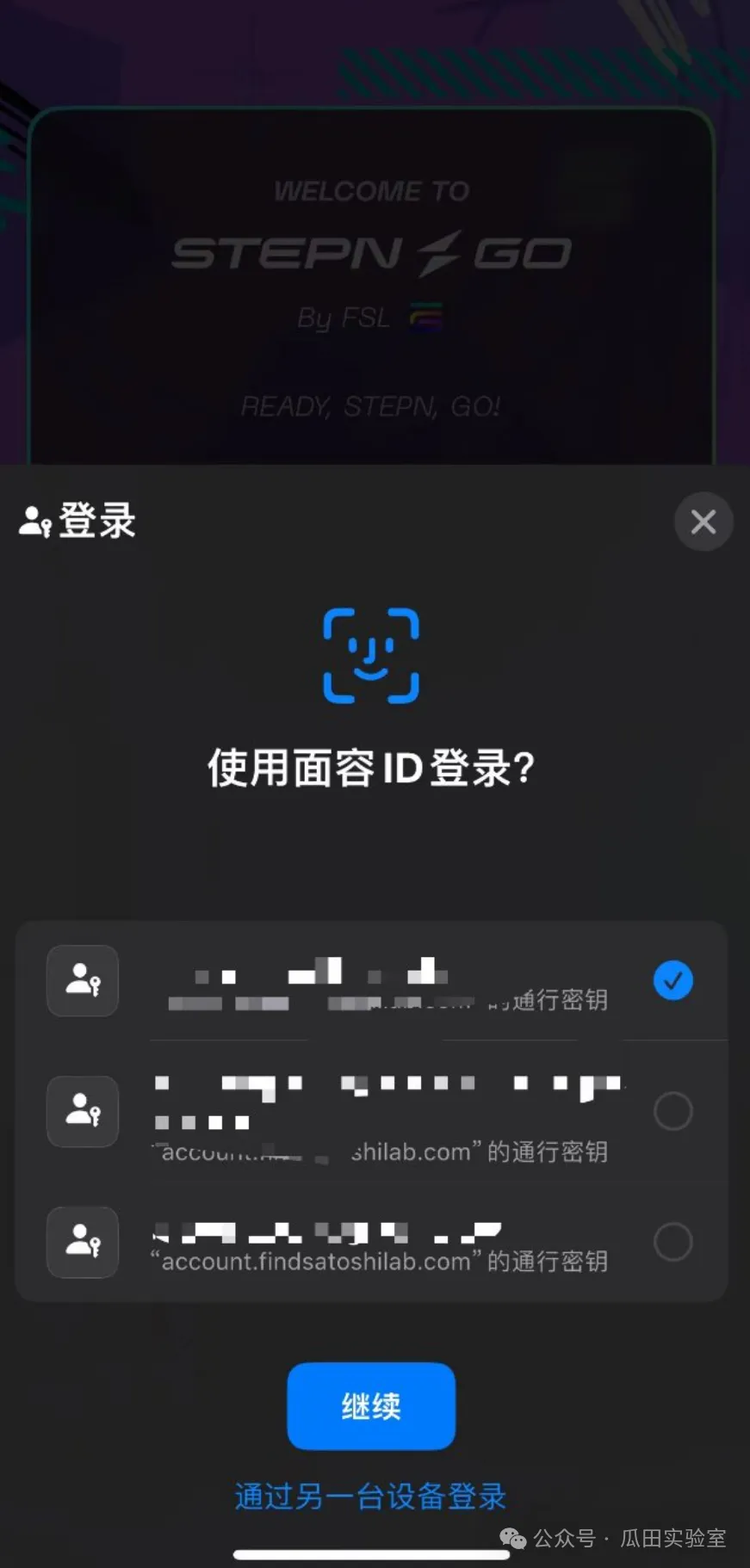
2. Lowering the learning curve and simplifying operations
In the old version of STEPN, new users had a high learning curve: which shoes to choose? How to allocate shoe attributes? What is HP maintenance? How to use gems and treasure chests? Every decision required time to research.
In STEPN GO, the "Less is better" design philosophy is further upheld. New users only need to understand one thing - walking exercise can earn money. There is no HP maintenance, no gem selection, and shoes only have one attribute - "efficiency", eliminating the need for complex decision-making. This simplified design allows users to quickly get started in the system and start exercising and earning money, compressing the learning curve to the minimum.
3. More convenient asset management and cross-chain transfers
STEPN GO has made significant optimizations in cross-chain operations and asset management. Through the FSL ID, users can obtain multi-chain addresses with just email registration and login, and can directly complete encrypted asset swaps within the FSL ID, easily manage the asset mapping and association between multiple chain products on the platform, avoiding the complex cross-chain transfer process in traditional Web3 products.
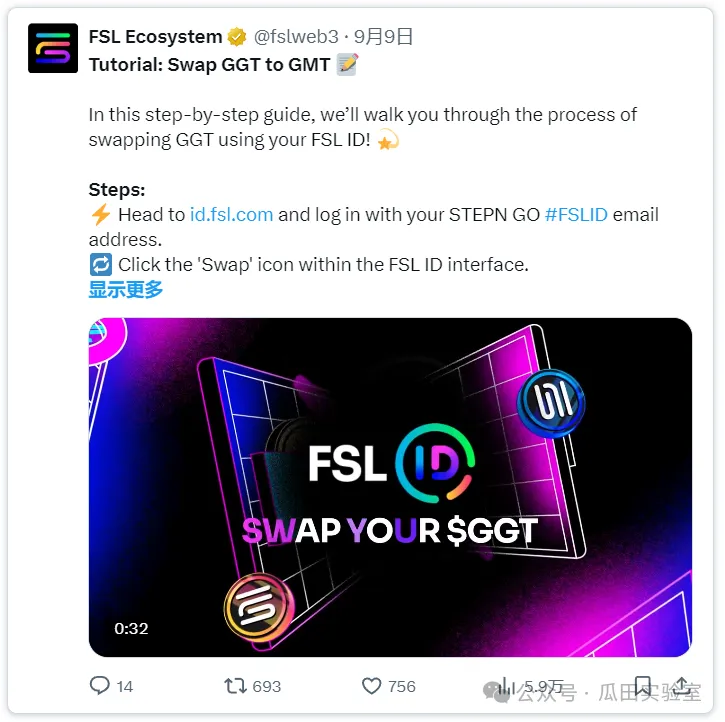
4. Haus system cleverly addresses the financial barrier for new users
For new users, purchasing crypto assets and bearing financial risks has always been the biggest psychological burden. STEPN GO cleverly bypasses this issue through the Haus system.
The Haus system allows old users to package their shoes into activation codes, rent or give them to newcomers. In the rental mode, old players provide shoes, are responsible for selecting, upgrading, and adding points to the shoes, and tenants can start running and earning at zero cost by entering the activation code, completely without worrying about the risk of crypto asset loss. In the gifting mode, new users can also get started by entering the activation code, no longer needing to understand a series of complex operations such as wallets, gas fees, and NFT transfers when receiving shoes from friends.
Most importantly, this design ensures that every new user is "brought in", always having someone to guide them, avoiding letting newcomers explore the crypto world alone, cleverly addressing the financial barrier and risk issues. This may be an important step for Web3 products to move towards mass adoption.
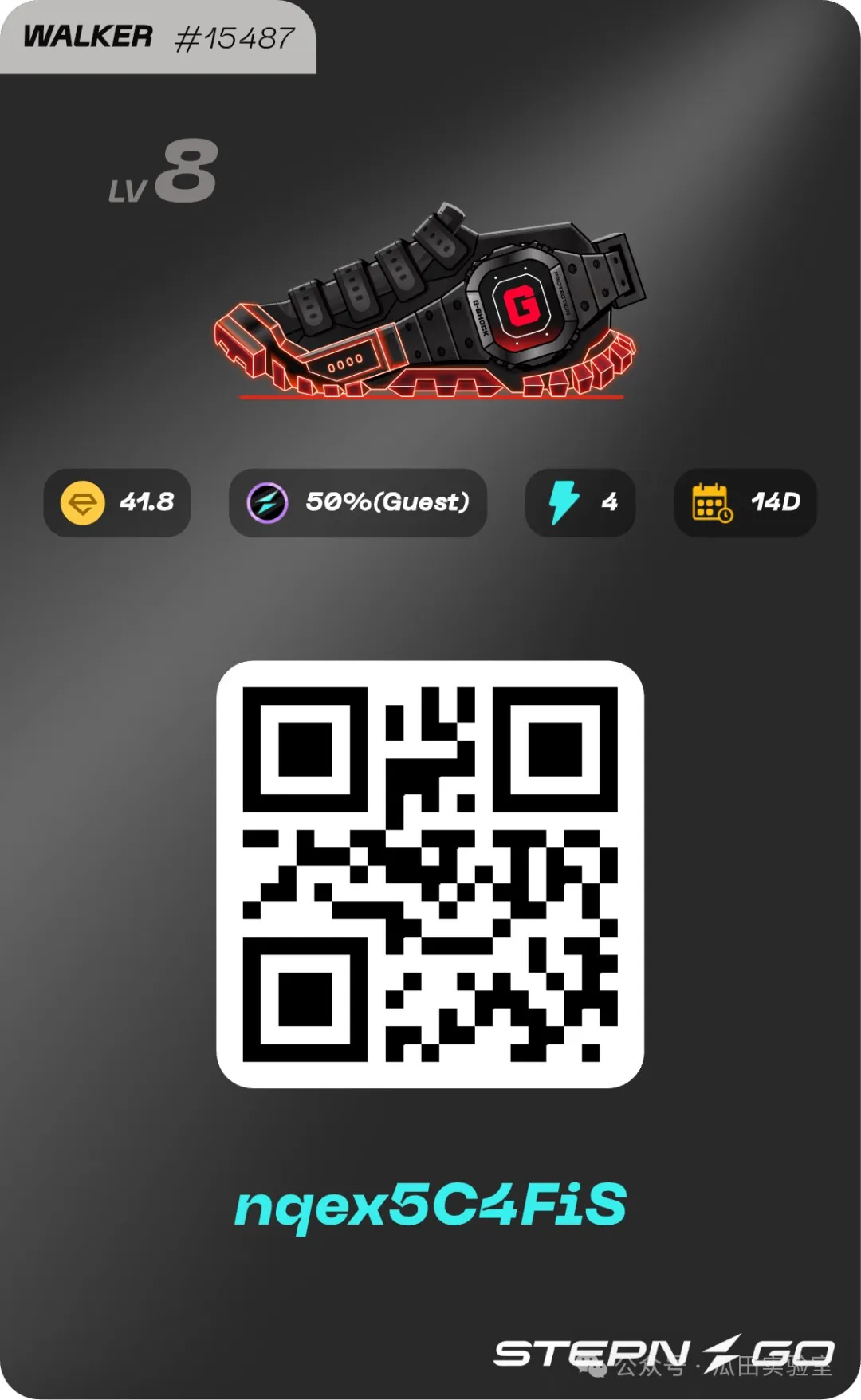
Is it time for STEPN GO to break into the market again?
This year, the crypto market has been difficult for almost everyone, with low market sentiment. "Old leeks" have experienced too much, afraid of being cut and afraid of being slow, and are holding onto their pockets and investing cautiously.
In this sentiment, the performance of STEPN GO appears particularly outstanding. The Web3 market urgently needs a reliable and sustainable project, and the performance of STEPN GO seems to meet everyone's expectations. So, what are the differences between STEPN GO and the 2022 version of STEPN? And how did the FSL team lay the foundation for this "breakthrough" again?
What are the differences between STEPN GO and the 2022 version of STEPN?
The 2022 version of STEPN can be said to have skyrocketed overnight with "Move to Earn", but as the market changed, the project exposed some issues, causing it to fall into a low ebb and difficulties.
STEPN GO is not just the second generation of running shoes, but a completely new product:
A sustainable economic model: While continuing the narrative of running for health, the entire product's economic model has been reconstructed to make it more flexible and sustainable, potentially exploring a new paradigm that truly breaks the "death spiral" curse.
Healthy user growth: STEPN GO strictly controls the rate at which users join through the invitation code system. This method ensures user quality and avoids the market pressure issues caused by previous user explosions. Additionally, with the Haus system, the model of old users bringing in new users enhances interaction between users, further strengthening community stickiness.
Simplified user experience: Compared to 2022, STEPN GO has made the user experience simpler and easier to understand. There is no longer a need to research complex shoe attributes, or consider the maintenance cost of shoes. Users can earn tokens simply by walking. This extremely simplified design not only lowers the learning curve for users, but also allows beginners to get started easily.
STEPN GO has the potential to ignite the market once again.
免责声明:本文章仅代表作者个人观点,不代表本平台的立场和观点。本文章仅供信息分享,不构成对任何人的任何投资建议。用户与作者之间的任何争议,与本平台无关。如网页中刊载的文章或图片涉及侵权,请提供相关的权利证明和身份证明发送邮件到support@aicoin.com,本平台相关工作人员将会进行核查。




